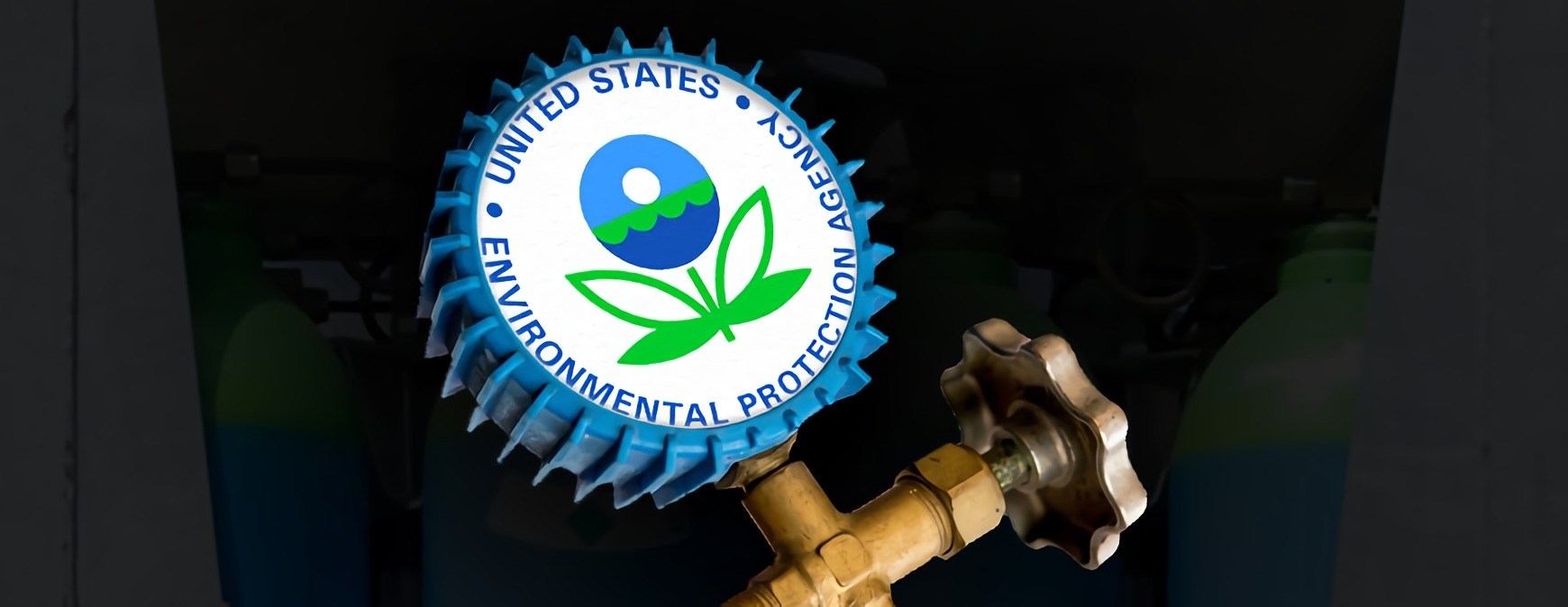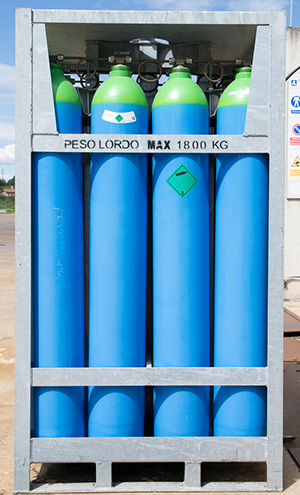
Recently, the Environmental Protection Agency (EPA) and the U.S. Department of Justice assessed a $500,000 civil penalty to Trader Joe’s grocery chain for failing to address excessive amounts of ozone depleted and greenhouse gas refrigerants leaking from its coolers. The business was also penalized for failing to maintain records, as required by the National Recycling and Emissions Reduction Program.
This penalty shows that the EPA is committed to enforcing regulations that protect the environment from the damaging effects of environmentally harmful refrigerant leaks. For HVAC businesses and technicians, it is a reminder about the importance of abiding by the agency’s laws. 1
EPA Section 608 of the Clean Air Act
As part of the EPA’s stewardship toward the planet, the agency has detailed regulations regarding chlorofluorocarbons (CFCs) and hydrochlorofluorocarbons (HCFCs) two chemical compounds used in some refrigerants that deplete the ozone layer, contribute to global warming, or both. Section 608 of the Clean Air Act bans the intentional release of refrigerants containing these substances, such as R22, and sets guidelines for how they should be handled and recycled. In fact, R22 will be completely banned by 2020.
Dealing with Leaks
The purpose of new regulations set to take place on January 1, 2019 is to reduce the emissions coming from appliances containing refrigerants. Corrective action must be taken when an appliance with a full charge of 50 pounds or more is leaking refrigerant that exceeds the trigger rate. The new regulations reduces the trigger rate. Those current taking formal refrigeration classes will have to learn the regulations before they can receive their certification and work on such appliances. Other issues address include how soon leaks need to be repaired after they are discovered, when additional time is necessary to repair leaks, and what to do when deciding to retrofit or retire an appliance that leaks above the trigger rate. 2
| Appliance Type | Current Leak Rate | Leak Rate Effective 1/1/2019 |
|---|---|---|
| Industrial process refrigerationa | 35% | 30% |
| Commercial refrigeration | 35% | 20% |
| Comfort cooling | 15% | 10% |
| All other appliances | 15% | 10% |
Get Started on the Path to a New Career
Fill out our form to learn how we can help you change your life.
Recordkeeping Laws

Section 608 requires HVAC professionals to keep records of their work with refrigerants. First, they must keep a copy of their certification at their place of business. Also, HVAC technicians who service any appliance with 50 pounds or more of ozone depleting refrigerant, must give the owner documentation stating the amount of refrigerant added to the appliance. This will also apply to HFC and other non-exempt refrigerants in 2019. Regulations set to take effect in 2018, will require technicians to keep records of any appliance they dispose containing between 5 and 50 pounds of refrigeration. 3
Staying Informed of Laws and Regulations
The learning doesn’t just end once an HVAC tech finishes vocational training. It’s important to stay informed about changes to laws and regulations. As the EPA continues to make advances for environmental health, HVAC techs might have to embrace new processes and safer products in their line of work.
Additional Sources
1 – http://legalnewsline.com/stories/510941894-recordkeeping-a-must-to-avoid-certain-epa-refrigerant-claims-attorney-says
2 – https://www.epa.gov/section608/stationary-refrigeration-leak-repair-requirements
3 – https://www.epa.gov/section608/major-recordkeeping-requirements-stationary-refrigeration
This blog has been labeled as archived as it may no longer contain the most up-to-date data. For a list of all current blog posts, please visit our blog homepage at https://www.rsi.edu/blog/

